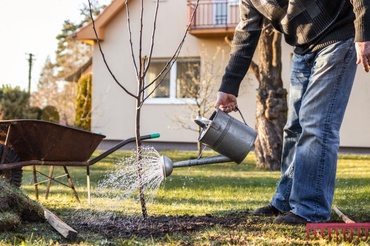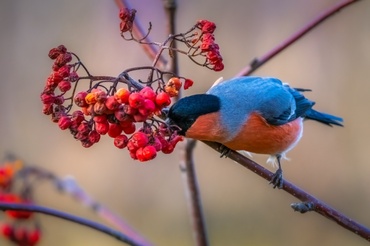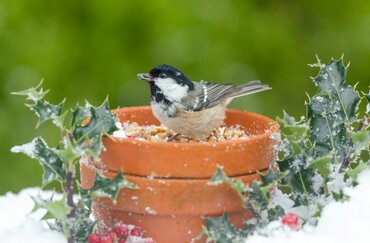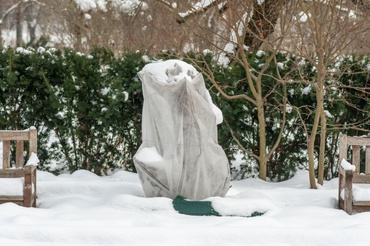Plant native hedges to encourage wildlife
It’s important to plant native hedges to encourage wildlife in your garden and create a biodiverse space for welcome wildlife to enjoy. Hedging not only looks beautiful but has many other purposes in a garden, from performing as a pollution barrier to boundary privacy and, most importantly, a perfect habitat for wildlife.
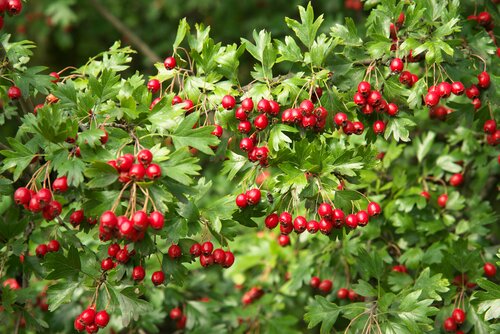
Why plant native hedges
Native hedging provides so much interest for a garden with year-round colours, structure and homes, food and resting places for wildlife. From varying foliage to colourful berries, beautiful flowers, and wildlife, including birds, bees, butterflies, other insects and small mammals. Your garden will become a haven for wildlife and improve everything all around. The rewards are endless.
How to plant native hedges to encourage wildlife
Prepare the ground well, removing large stones and digging in organic garden matter. The best time to plant is from October to March, unless the soil is waterlogged or frozen, so the roots have time to get established before summer heat. If you are planting container-grown plants, make sure they are planted at the same depth as they are in the container with enough space around the root ball to backfill and allow roots to grow easily. If you are planting young bare roots (called whips), plant a double row, staggered, about 50cm apart. Water well and apply a good mulch.
What to choose when you plant native hedges to encourage wildlife
If you have the space to plant a hedging mix, you can achieve all-year interest. From more mature specimens to young bare-root saplings, there are different stages of growth that you can purchase to grow in your garden.
Nature hedging is usually a mix of trees and shrubs that grow quickly but are happy to be trimmed. Depending on what native trees are applicable for your country, speak to an expert for advice. If you are in the UK, there are many to choose from.
These native trees are excellent choices:
- Carpinus betula (hornbeam)
- Taxus baccata (yew)
- Crataegus monogyna (hawthorn)
Many shrubs can be combined to make hedging with wildlife in minds, such as Viburnham oculus (guelder rose), Prunus spinosa (blackthorn) and Ilex aquifolium (holly).
Our staff in the store would be happy to help you decide on the appropriate hedging for your garden with tips to plant and care for it, so you have a thriving wildlife garden into the future. With a range to choose from, please come in store to meet us and pick your native hedging.


